New technologies are enriching publishers’ content recommendation capabilities
Produced in partnership with Marketecture
The following article highlights an interview between Yaron Galai, co-founder and co-CEO of Outbrain, and Ari Paparo, founder and CEO of Marketecture. Register for free to watch more of the discussion and learn about new available technologies publishers can leverage to optimize their content recommendations.
While it’s now popular for publishers of all sorts to utilize content recommendations to do more than recommend content for their readers, such as to engage readers and as a source of revenue for the publisher, it was pioneered by Outbrain 15 years ago and continues to evolve.
Outbrain’s co-founder and co-CEO recently spoke with Ari Paparo, founder and CEO of Marketecture; they discussed the new features Outbrain has debuted and the capabilities at the company’s core.
How Outbrain enables publishers to optimize their content recommendations
To help keep the content recommendation model future-proof for publishers, third-party cookies are the least valuable data signal within Outbrain’s operating model. Because Outbrain’s system is installed code-on-page, wherever the publisher chooses — web, mobile, apps, etc., it can pull in a large amount of first-party data.
Because contextual data helps advertisers understand what a page is about and Outbrain’s feed can be installed on every page, the feed — and therefore the publishers — able to determine the contextual signals a user has seen over time.
The feed is mixed based on each publisher’s preferences and blended with the publisher’s content — organic recommendations — and outbound advertising. This setup allows Outbrain to gather a significant amount of first-party data that can then be used to optimize the recommendations for that publisher’s feed.
About half of the clicks or traffic generated come from organic recommendations, and the other half from outbound advertising. All clicks generated result in valuable first-party data because the most unambiguous indication of user interest is when they click and engage with something.
“Our primary model is cost-per-click,” said Galai. “We think this is very important because the focus or secret sauce of a company’s engagement is user engagement. Many publishers’ business models today don’t reflect that like CPC does.”










